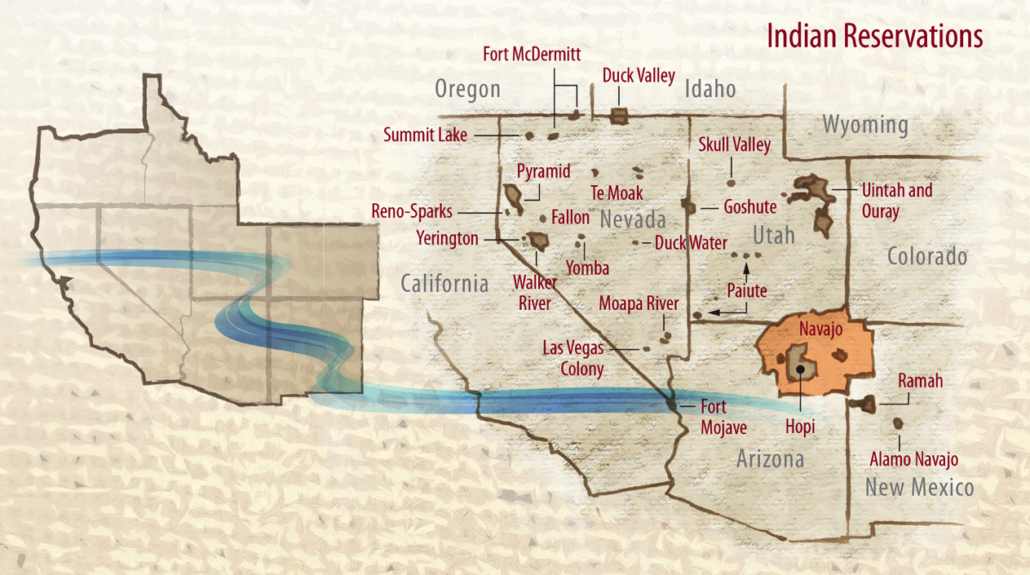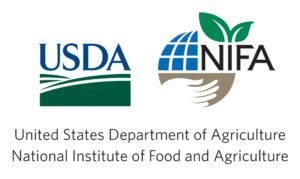Native Waters on Arid Lands: Project Overview
Native Waters on Arid Lands is a five-year (2015-2020) project that partners researchers and extension experts with tribal communities in the Great Basin and American Southwest to collaboratively understand the impacts of climate change, and to evaluate adaptation options for sustaining water resources and agriculture.
Climate resilience is the capacity to adapt or respond effectively to change in the face of extreme climate events. The goal of the Native Waters on Arid Lands project is to increase the climate resilience of tribal agriculture and water resources on American Indian lands of the Great Basin and Southwest.
Why is this work important?
Climate change predictions for the Great Basin and Southwestern U.S. include decreased water availability, extended droughts, changes in precipitation amounts and timing, reduced surface water availability, declining groundwater supplies, and warmer temperatures — all of which may create challenges for agricultural producers.
Because of close cultural and economic ties to natural resources, geographic remoteness, and economic challenges, some say that American Indian agriculturalists will be some of the most vulnerable populations to climate change. Native Waters on Arid Lands asks the question, “What can tribal farmers and ranchers do to adapt?”
Where do we work?
The Native Waters on Arid Lands project area includes Native American reservations in the Great Basin and American Southwest.

The Native Waters on Arid Lands project area
Of the 28 tribes/reservations located within the study area, the Native Waters on Arid Lands team selected a diverse group of nine tribal partners for in-depth study. The nine tribes/reservations are:
- Pyramid Lake Paiute Tribe
- Navajo Nation
- Hopi Tribe
- Shoshone-Paiute Tribes of Duck Valley
- Colorado River Indian Tribes
- Ute Indian Tribe of Uintah and Ouray
- Zuni Tribe
- Walker River Tribe
- Gila River Tribe
What are the project objectives?
In this project, a multi-state, multidisciplinary team of researchers and extension experts works with tribal producers and governments to address water availability for sustainable agriculture on American Indian reservations in the Great Basin. Objectives of the Native Waters program fall into three categories: Research, outreach, and evaluating resiliency.
Research Objectives
- Analyze water availability on tribal land under different climate scenarios
- Evaluate agricultural water rights policies
- Assess costs and benefits of using Integrated Water Resource Management (IWRM) tools
- Gather traditional knowledge about ecological, agricultural, and sociocultural changes due to past/present climate events
Outreach Objectives
- Educate, communicate and work with tribal communities to enhance understanding of the impacts to water resources and agriculture from extreme climate events
- Host an annual Tribal Summit and regular on-reservation meetings with tribal members
- Collaboratively design and deploy an information portal for tribes to share and access project information
Objectives for Evaluating Resiliency
- Identify water systems infrastructure limitations
- Conduct cost/benefit analyses for water management improvements
- Identify policy, economic, and societal barriers to enhancing resiliency of water and agriculture
- Increase tribal capacity to adapt and respond to a range of climate scenarios
How is this project funded?
Funding for this project is provided by a grant from the US Department of Agriculture – National Institute of Food and Agriculture.


